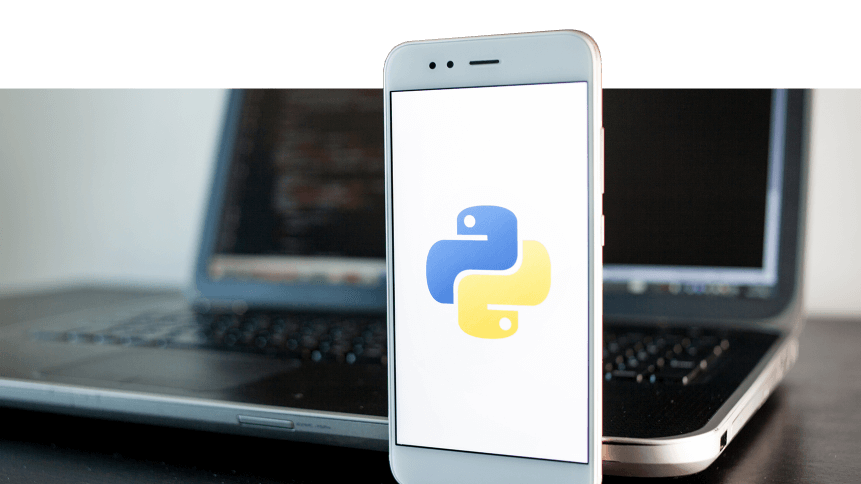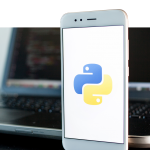Creator of Python joins Microsoft, prompting speculation

The creator of the Python programming language, Guido van Rossum, announced he was coming out of retirement to join Microsoft’s Developer Division, prompting many commentators to speculate about potential product updates.
Van Rossum began work on the scripting language, which is named after British comedy troupe Monty Python, in 1989 as a hobby project and “descendant of ABC that would appeal to Unix/C hackers.”
He wanted to create an easy, intuitive but powerful language, suitable for everyday tasks, and one that was open source so anyone could contribute to its development.
In July 2018, Van Rossum announced that he would be stepping down from the self-coined title of BDFL (Benevolent dictator for life) of the Python programming language in 2018, having built an extensive community fostering the growth of what became one of the world’s most popular and powerful programming languages.
Python today is the primary modeling coding language and most regularly-used tool of some 90% of data scientists, according to data from Big Cloud. The language is commonly the basis of many machine learning and artificial intelligence (AI) programs and is enjoying ever-greater adoption in the enterprise with the rising popularity of open-source.
The language is now relied upon by organizations from startups to household tech giants like Netflix.
Even incumbent banking giants now use Python-based machine learning models to interpret financial and legal documents, such as bank statements and tax statements, to help gain insights into a customer’s financial health.
Microsoft has not yet announced details on the appointment, but confirmed the move to TechCrunch, stating: “We’re excited to have him as part of the Developer Division. Microsoft is committed to contributing to and growing with the Python community, and Guido’s on-boarding is a reflection of that commitment.”
In a tweet announcing the move, Van Rossum said his work would include improving the scripting language, not just on Windows, adding on Microsoft, “there’s lots of open source here”.
I decided that retirement was boring and have joined the Developer Division at Microsoft. To do what? Too many options to say! But it’ll make using Python better for sure (and not just on Windows :-). There’s lots of open source here. Watch this space.
— Guido van Rossum (@gvanrossum) November 12, 2020
Bill Gate’s tech company was historically opposed to the open-source software movement, viewing it as a threat to business. In the 2010s, the industry-wide move towards cloud, embedded, and mobile computing — technologies that were enabled by open-source — saw the company begin to adopt the practice, while continuing to amass revenue from Windows and Azure Cloud, built on a Linux-based operating system.
The company open-sourced some of its code, including .NET Framework and Visual Studio Code. It also made investments in Linux development and server technology, as well as in open-source organizations and communities including Linux Foundation and Open Souce Initiative.
YOU MIGHT LIKE

Want a career in AI? Here are the skills you need
Microsoft acquired GitHub, the largest host for open source project infrastructure, in 2018. The tech company is now among the site’s most active contributors among its more than 40 million users and more than 190 million repositories.
Commentators have questioned the motivations of both sides behind the appointment. Some have suggested the Python creator has “gone to the dark side where money is king”, others that it is a PR flex by the software giant to establish itself as a “true open-source believer”.
The more optimistic outlook is that the appointment portends a more “perfect union” in the evolution of the software development industry between corporate software giants and the open-source movement. For the most part, people just want to use Python in Excel.









